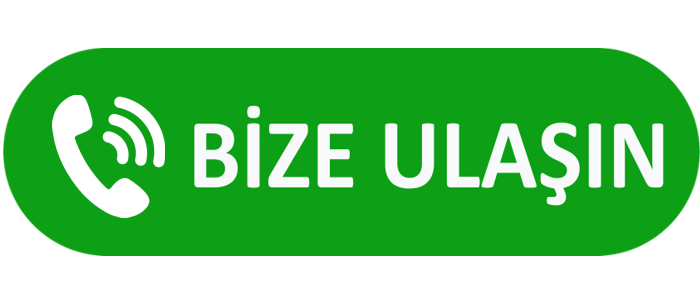PRP Treatment
PRP is derived from the initial letters of the English term “Platelet Rich Plasma” and means platelet-rich plasma. In this method, the medication is prepared from the patient's own blood. In other words, it is a natural treatment method. In recent years, with the discovery that natural treatment methods are more effective than chemical medications, the body's own repair mechanisms have also gained importance. Scientific research has found that the PRP method facilitates tissue repair in musculoskeletal system diseases. Blood consists of red blood cells, white blood cells, plasma, and platelets. Platelets are primarily responsible for blood clotting. For over thirty years, we have known that platelets release healing proteins known as growth factors when activated. Based on this, we can say that the philosophy of PRP is to combine the body's natural healing ability with advanced technology.
HOW IS PRP PREPARED?
Approximately 50 cc of blood is drawn from the patient through a vein into special tubes containing anticoagulant medication prepared specifically for this purpose. The collected blood is subjected to a special centrifugation process in the tube. This process takes about 15 minutes. After centrifugation, the cells in the blood other than platelets settle to the bottom of the tube. A yellowish plasma fluid rich in platelets remains on top. At the bottom of this remaining fluid, there is a section of approximately 2 cc where the platelets are even more concentrated. Using a special system, plasma containing approximately 1-2 million platelet cells per cubic millimeter is drawn into the syringe that will be used for the injection. The PRP is now ready and is applied to the desired area using the appropriate technique without delay.
For example, in knee osteoarthritis, 2-4 ml is applied into the knee joint three times at 2-3 week intervals. Recovery begins within a few weeks following the injection, and the healing process continues for 3 to 12 months, depending on the damage to the tissue. Unlike cortisone injections, there is no rapid pain relief after PRP injections. Cortisone is administered to relieve pain. With PRP applications, pain gradually decreases and disappears over months.
Conditions it is effective for
How does PRP work?
The body's first response to soft tissue damage is to call on platelets. Platelets, loaded with growth and healing factors, initiate the process of drawing repair elements and stem cells to the damaged area. They also contribute to the formation of new blood vessels, increasing blood flow to that area. Increased blood supply means better nourishment of the damaged area and better removal of harmful waste products. Repair cells arriving at the damaged area begin the repair process.
How often is it used? When does it start to work?
It can usually be administered up to 3 injections within a 6-month period, spaced 2-3 weeks apart. Complete healing may occur after the first or second injection. PRP therapy is not an immediate, temporary solution. The renewal and repair of injured tissues will take time. Physical therapy may be continued after the procedure to accelerate tissue healing. Since the goal of PRP therapy is to relieve pain by healing tissues, it may take a long time to see results. The first signs of improvement may be seen within a few weeks, and healing continues to progress over time.
Side effects PRP has virtually no side effects. Since the patient's own blood is used in PRP, the risk of infection is very low, and there is no possibility of an allergic reaction.
20.09.2022
Uzm. Dr. Semiha VURGUN

